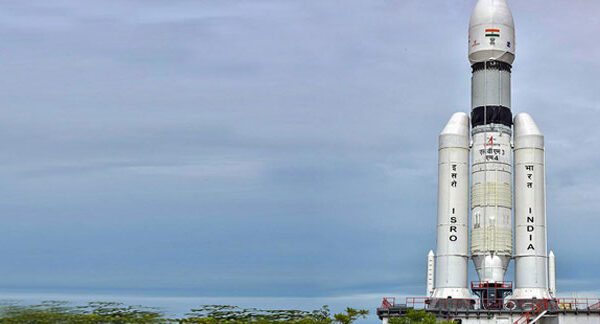Driving Beyond Borders Toyota’s Lunar Cruiser to Roam the Moon’s Surface
Toyota Unveils Regenerative Fuel Cell Lunar Rover for Moon Exploration
Toyota Motor executives have revealed their groundbreaking plans to utilize regenerative fuel cell technology to power a manned lunar rover, marking an innovative leap in space exploration. The exciting possibility of harnessing the moon’s water ice as a potential energy source lies ahead with this ambitious project, as reported by Reuters.
Under the leadership of Prime Minister Fumio Kishida, Japan has significantly intensified its space ambitions, actively participating in the NASA Artemis program. Japan has ambitious plans to station an astronaut at a lunar space station known as Gateway during the latter half of the 2020s.
Collaborating with Japan’s space agency since 2019, Toyota has been diligently developing a manned lunar rover, aptly named the Lunar Cruiser. The goal is to deploy this state-of-the-art rover on the moon by 2029, a move that will advance space exploration and pave the way for future missions that can harness the moon’s resources for sustainable energy solutions.
“To conduct long-term and stable research on the surface of the moon, we aim to source various items on site over a long period,” explained Ken Yamashita, head of lunar exploration projects at Toyota.
According to presentation materials released on Friday, the Japan Aerospace Exploration Agency (JAXA) has committed to providing a lunar rover for NASA’s Artemis program, with a targeted launch date in 2029. This lunar rover will utilize fuel cell technology, functioning similarly to an electric vehicle, but deriving power from a fuel stack that separates hydrogen through a catalyst to generate electricity.
Toyota, the world’s largest automaker by sales, plans to utilize solar energy and water to produce hydrogen and oxygen through electrolysis during daylight hours. This stored energy will then power the fuel cells to supply electricity during the lunar night, lasting about 14 Earth days. Thanks to this innovative technology, the lunar rover will be capable of extended operation even in darkness and extremely cold conditions.
Toyota aims to secure an order for the manned lunar rover by the following autumn. The vehicle’s design will accommodate two astronauts for up to 42 days per mission and remain operational for an impressive ten-year duration.
This significant contribution represents a major advancement in space exploration, showcasing the potential for sustainable energy solutions beyond Earth’s boundaries. The Lunar Cruiser project stands as a testament to human ingenuity and determination to explore the cosmos.








